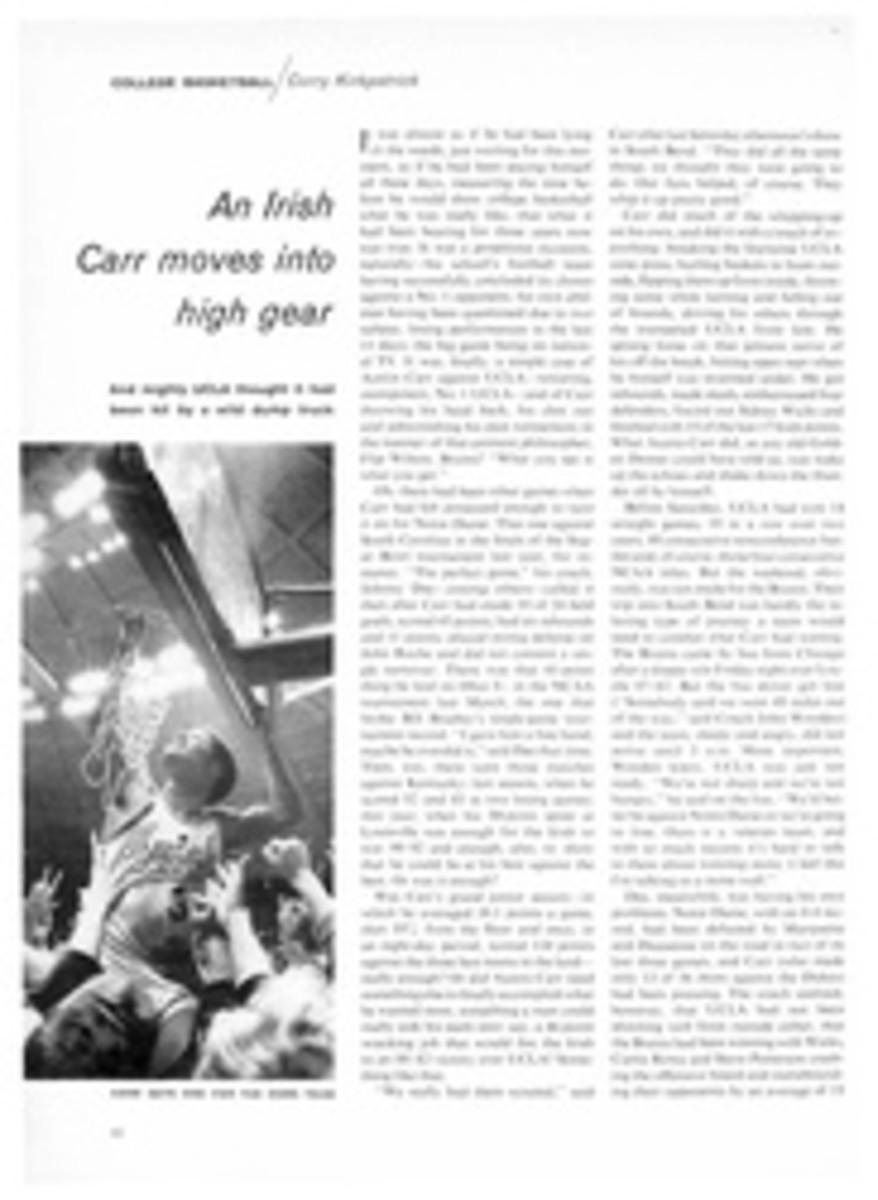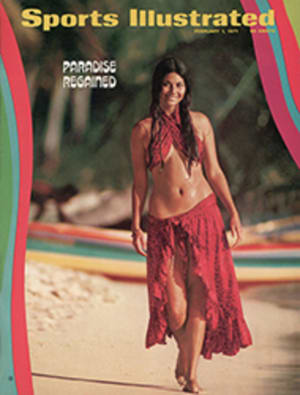
A handy guide to wild foods celebrates cattails, wild strawberries and knotweed
For one whose gustatory explorations usually take place within half a mile of Fifth Avenue and 54th Street in Manhattan, the Field Guide edition of Euell Gibbons' remarkable book Stalking the Wild Asparagus (David McKay Company, Inc., $2.95) reads like a volume of The Arabian Nights. It opens up a whole continent of culinary improvisation: the wild food.
Did you know, for example (taking the title vegetable), that the wild asparagus is the same plant, down to its innermost fiber, as the one you buy at the greengrocer's round the corner? And that you probably can find more of it within a few miles of your home—in places like ditches or open fields—than you could possibly consume in a year? And were you aware that the wild acorn was probably a staple of early man? Or that milkweed is (gulp) edible?
Gibbons tells us all this and a good deal more, including some succulent ways to prepare these uncultivated harvests. Gibbons is a good writer who loves his subject. He is also a sensualist, his literary mouth watering over the delights of the wapatoo, the knotweed and the cattail (which, incidentally, turns out to be one of nature's more versatile plant foods). If you think the pursuit of nutrition in the wilds is a dull game, you owe it to yourself to get his angle on it. For instance, on wild strawberries:
"The season had been perfect and the berries were so thick they covered the ground, looking like a red carpet unrolled before me.... I stayed there all day, the strawberries sufficing for my lunch. A sudden shower caught me far from my car, so I just kept picking.... The returning sun soon dried my clothes and the berries seemed brighter and fresher than before. The day was a revel in beauty, flavor and aroma."
Stalking the Wild Asparagus is not a new book, but its soft-cover Field Guide edition is, and it should be a boon to fans of Gibbons previously hampered by an unwieldy hard cover that was awkward to tote along with their picking pails. This new edition fits nicely into the back pocket of a pair of trousers or into a lady's handbag.
If I had to fault the publishers (not, I would guess, Gibbons) for anything at all, it is that they should have spent a little more money on the illustrations that accompany the text. They are woefully inadequate because they consist only of black and white line drawings. The addition of some color would have helped in identifying the plants.
After all, who wants to cook up a mess of what one thinks is duck potato, only to discover too late that he has ingested Conium maculatum, the poison hemlock?

